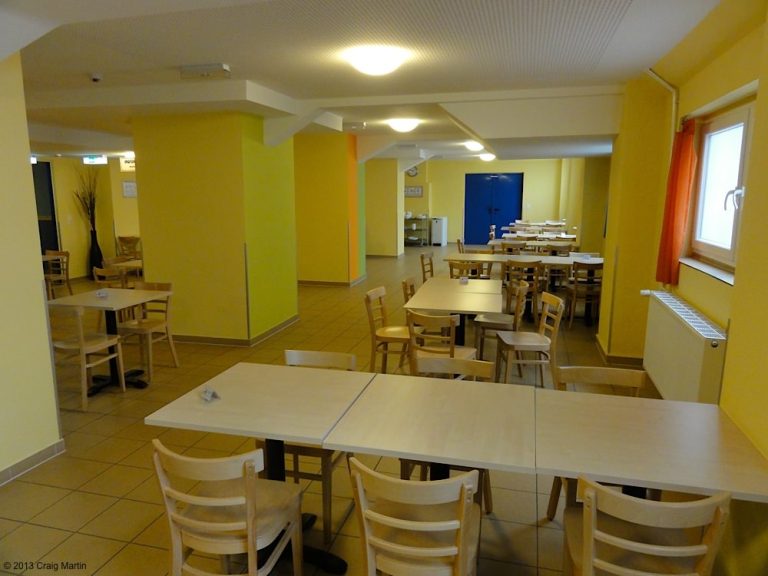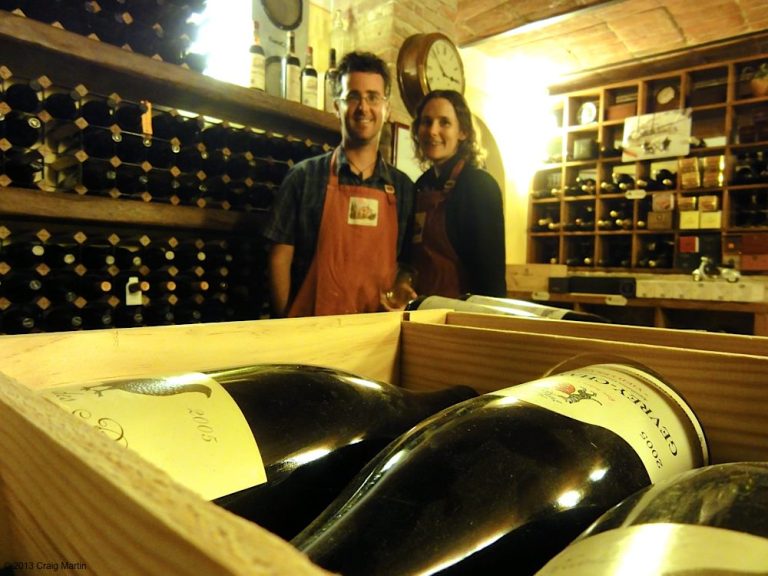Kolumba, Cologne
Cologne is well known for its Catholic heritage; its cathedral is at once the city’s symbol and its most well-recognised attraction. A visit to the cathedral is a must, but a stop at the Kolumba, the art museum of the Archdiocese of Cologne, is also highly recommended.
In Europe, religious art is hard to avoid — churches and cathedrals are usually heavily decorated and hundreds of art museums showcase special works or pieces that no longer fit inside the religious buildings. There’s a lot of quality art, and some pieces date back over a thousand years, which is truly impressive. But to tell you the truth, religious art can get a little tedious, dealing as it does with just a few central themes. When the Kolumba museum was recommended to us, we went — but I went slightly reluctantly.
However, I was incredibly impressed by the museum. The works shown range from 12th-century statues to modern video installations, and each of the 21 rooms features a range of styles and dates — you might have a video on one wall, a chasuble in the centre, a church keystone behind you. While many museums try to fit as much as possible into the space available, the Kolumba’s curators have carefully considered presentation, and I felt like I could see each item individually.
I particularly enjoyed the room full of religious books, and Paul Thek’s life-size figures were thought provoking. But the best part was the excavation site on the ground floor; a wooden walkway takes you through the remains of buildings built on the site, from a second-century Roman house with a seventh-century apse dedicated to St Kolumba, to the modern chapel that you can access from the street outside.
Entrance to the museum costs €5, which is reduced to €3 if you have a Cologne Welcome Card. You’ll need about 45 minutes to an hour to see everything, and a visit is highly recommended, whether you’re interested in religious art or not.

